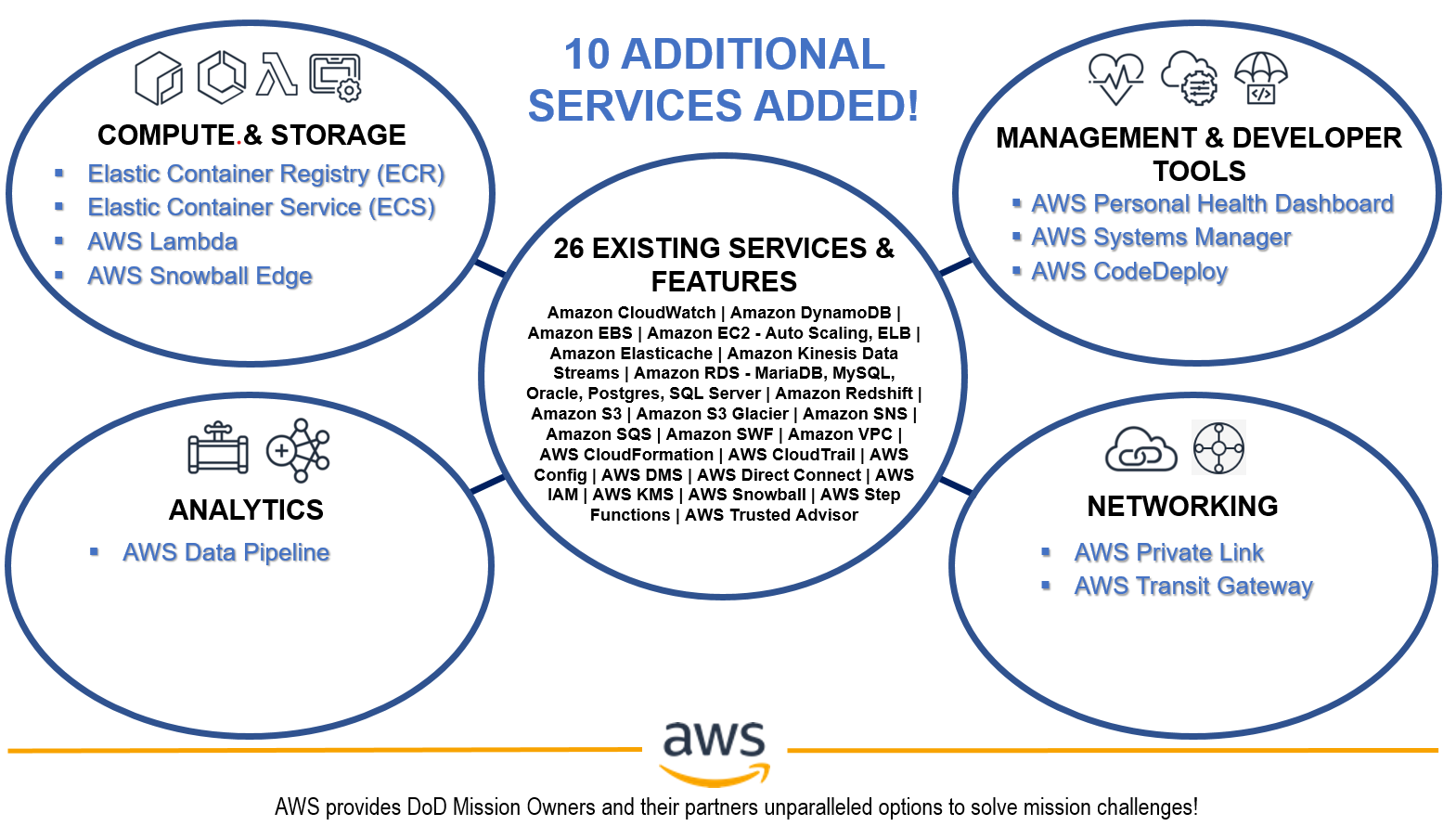Post Syndicated from Kevin Donohue original https://aws.amazon.com/blogs/security/aws-fedramp-revision-5-transition-update/
On May 20, 2023, the Federal Risk and Authorization Management Program (FedRAMP) released the FedRAMP Rev.5 baselines. The FedRAMP baselines were updated to correspond with the National Institute of Standards and Technology’s (NIST) Special Publication (SP) 800-53 Rev. 5 Catalog of Security and Privacy Controls for Information Systems and Organizations and SP 800-53B Control Baselines for Information Systems and Organizations. AWS is transitioning to the updated security requirements and assisting customers by making new resources available (additional information on these resources below). AWS security and compliance teams are analyzing both the FedRAMP baselines and templates, along with the NIST 800-53 Rev. 5 requirements, to help ensure a seamless transition. This post details the high-level milestones for the transition of AWS GovCloud (US) and AWS US East/West FedRAMP-authorized Regions and lists new resources available to customers.
Background
The NIST 800-53 framework is an information security standard that sets forth minimum requirements for federal information systems. In 2020, NIST released Rev. 5 of the framework with new control requirements related to privacy and supply chain risk management, among other enhancements, to improve security standards for industry partners and government agencies. The Federal Information Security Modernization Act (FISMA) of 2014 is a law requiring the implementation of information security policies for federal Executive Branch civilian agencies and contractors. FedRAMP is a government-wide program that promotes the adoption of secure cloud service offerings across the federal government by providing a standardized approach to security and risk assessment for cloud technologies and federal agencies. Both FISMA and FedRAMP adhere to the NIST SP 800-53 framework to define security control baselines that are applicable to AWS and its agency customers.
Key milestones and deliverables
The timeline for AWS to transition to FedRAMP Rev. 5 baselines will be predicated on transition guidance and requirements issued by the FedRAMP Program Management Office (PMO), our third-party assessment (3PAO) schedule, and the FedRAMP Provisional Authorization to Operate (P-ATO) authorization date. Below you will find a list of key documents to help customers get started with Rev. 5 on AWS, as well as timelines for the AWS preliminary authorization schedule.
Key Rev. 5 AWS documents for customers:
- AWS FedRAMP Rev5 Customer Responsibility Matrix (CRM) – Made available on AWS Artifact September 1, 2023 (attachment within the AWS FedRAMP Customer Package).
- AWS Customer Compliance Guides (CCG) V2 – AWS Customer Compliance Guides are now available on AWS Artifact. CCGs are mapped to NIST 800-53 Rev. 5 and nine additional compliance frameworks.
AWS GovCloud (US) authorization timeline:
- 3PAO Rev. 5 annual assessment: January 2024–April 2024
- Estimated 2024 Rev. 5 P-ATO letter delivery: Q4 2024
AWS US East/West commercial authorization timeline:
- 3PAO Rev 5. annual assessment: March 2024–June 2024
- Estimated 2024 Rev. 5 P-ATO letter delivery: Q4 2024
The AWS transition to FedRAMP Rev. 5 baselines will be completed in accordance with regulatory requirements as defined in our existing FedRAMP P-ATO letter, according to the FedRAMP Transition Guidance. Note that FedRAMP P-ATO letters and Defense Information Systems Agency (DISA) Provisional Authorization (PA) letters for AWS are considered active through the transition to NIST SP 800-53 Rev. 5. This includes through the 2024 annual assessments of AWS GovCloud (US) and AWS US East/West Regions. The P-ATO letters for each Region are expected to be delivered between Q3 and Q4 of 2024. Supporting documentation required for FedRAMP authorization will be made available to U.S. Government agencies and stakeholders in 2024 on a rolling basis and based on the timeline and conclusion of 3PAO assessments.
How to contact us
For questions about the AWS transition to the FedRAMP Rev. 5 baselines, AWS and its services, or for compliance questions, contact [email protected].
To learn more about AWS compliance programs, see the AWS Compliance Programs page. For more information about the FedRAMP project, see the FedRAMP website.
If you have feedback about this post, submit comments in the Comments section below. If you have questions about this post, contact AWS Support.
Want more AWS Security how-to content, news, and feature announcements? Follow us on Twitter.

